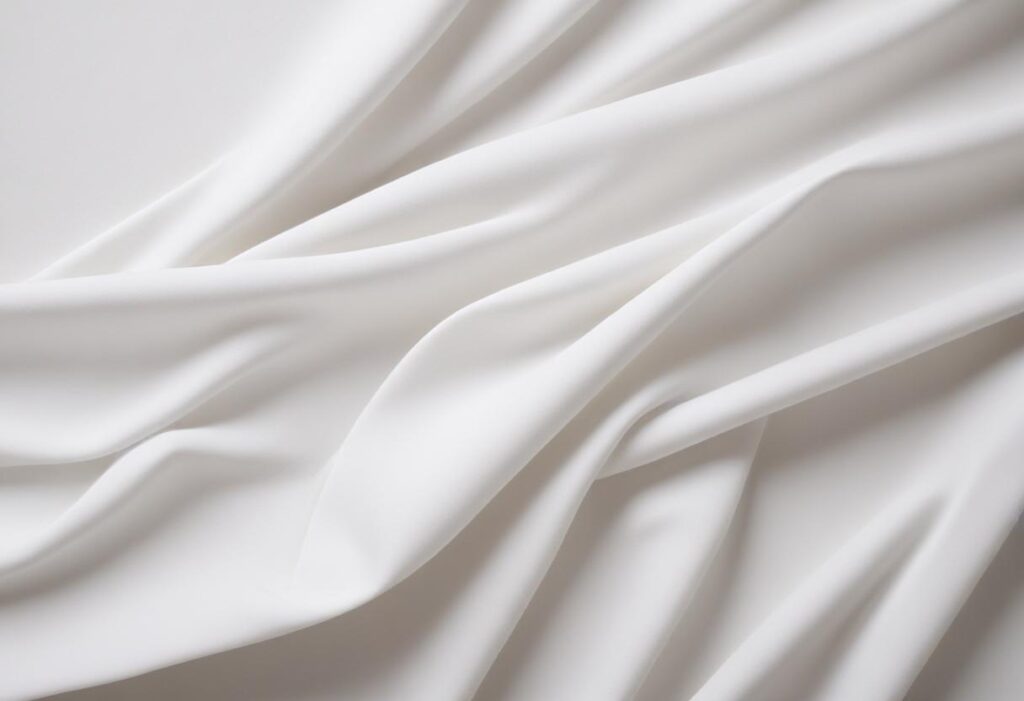Introduction to Color= White
White, represented by “color= white” in this context, is more than just a hue—it’s a timeless and versatile choice that has maintained its appeal across various industries, including design, fashion, and branding. White, often associated with purity, simplicity, and clarity, has the power to transform spaces, elevate style, and create an aura of sophistication and cleanliness.
Whether used in minimalist design, bold fashion statements, or to enhance user experiences in digital spaces, white continues to hold a special place. In a world full of colors, white stands out not for its loudness but for its ability to balance and amplify the presence of other elements. Let’s explore the many roles and applications of white, particularly focusing on why this color remains a favorite across diverse fields.
The Role of White in Modern Design and Aesthetics
White in Interior Design
In interior design, white is a masterstroke for creating a sense of space, lightness, and cleanliness. Its ability to reflect light makes rooms feel larger and airier. Designers often favor white because of its neutrality, allowing it to blend seamlessly with other colors and textures. Whether you’re going for a sleek, modern look or a cozy Scandinavian aesthetic, white plays a pivotal role. Pairing white with natural elements like wood, metal, or soft fabrics creates depth and warmth, preventing the space from feeling too clinical.
For those who enjoy experimenting, white serves as a blank canvas, ready to adapt to any design style. It is common in modern homes, where white walls are complemented by vibrant accessories, allowing for easy changes in décor without the need for major alterations. Additionally, white’s association with cleanliness makes it a go-to color for kitchens, bathrooms, and other areas where hygiene is key.
White in Fashion and Textiles
In fashion, white symbolizes elegance, simplicity, and timeless style. From classic white shirts to haute couture wedding gowns, the color white has become synonymous with refinement. White clothing, particularly in summer, offers both comfort and sophistication. Its reflective properties help keep the body cool, making it a favorite for warm climates. Yet, white can be both a statement and a subtlety, as it works equally well for casual and formal occasions.
Moreover, white has historical significance in fashion. In Western cultures, white wedding dresses, popularized by Queen Victoria in the 19th century, symbolize purity and new beginnings. In modern fashion, designers continue to embrace white as it provides versatility and a sense of high fashion. Paired with other elements like bold accessories or striking patterns, white adds an element of freshness and crispness to any outfit.
White in Branding and Marketing
Brands use white to convey simplicity, professionalism, and trust. Think of tech companies like Apple, whose sleek white packaging and products project a sense of innovation and minimalism. White helps focus attention on the essentials, cutting through clutter to present a clean and uncluttered image. In advertising, white space is equally important, providing visual breathing room and guiding the viewer’s eye to the most important elements.
Furthermore, white is often associated with luxury and high-end branding. Companies that want to project an image of sophistication and quality often use white to evoke those feelings. From premium skincare products to sleek tech gadgets, the use of white suggests purity and quality, making it a strategic color choice in marketing.
The Psychological Impact of White
White as a Symbol of Purity and Cleanliness
White has long been associated with purity and cleanliness, not just in modern design but across different cultures and religions. In many Western cultures, white symbolizes innocence and is worn during important life events like weddings and christenings. The healthcare industry also widely embraces white, as it conveys sterility and hygiene, making it the preferred color in hospitals, clinics, and wellness spaces.
In homes, white surfaces are favored in areas like kitchens and bathrooms, where cleanliness is paramount. The psychological effect of white in these spaces is immediate—it communicates a sense of order and tidiness. This is why white is such a popular choice in industries where trust and cleanliness are essential.
White and Emotional Well-Being
Emotionally, white can have a calming effect. Its neutrality and brightness can create a peaceful environment, promoting relaxation and clarity of thought. When used in interiors, white can help reduce stress and increase a sense of openness. It is often recommended for people who want to declutter both their physical and mental spaces.
However, too much white can sometimes evoke feelings of emptiness or sterility, which is why balancing it with warm tones or textures is crucial. While white is refreshing and clean, adding subtle colors or natural elements can make a space feel more welcoming and less austere.
White and Productivity in Workspace Design
White is a dominant color in office and workspace design, and for a good reason. It has been shown to enhance focus and productivity. White walls and surfaces provide a clean slate, allowing employees to focus on their tasks without distraction. The simplicity of white encourages mental clarity, which is why it is often the color of choice in tech offices, startups, and creative studios.
When combined with other design elements, like ergonomic furniture or natural light, white can create an environment that fosters both creativity and productivity. It helps reduce mental clutter and can be the perfect backdrop for brainstorming and innovation.
Practical Applications of Color= White
Using White in Web and UI/UX Design
In digital design, white is more than a background color—it’s an essential part of user experience. White space, or negative space, is crucial for enhancing readability, creating contrast, and guiding users’ attention to key elements on a page. Websites with clean white designs often feel more trustworthy and professional, and they improve user interaction by reducing clutter and visual overload.
Designers use white to create breathing room between text, images, and interactive elements, making interfaces feel more intuitive and less crowded. It also helps enhance the visual appeal of call-to-action buttons, ensuring they stand out and capture the user’s attention.
White in Home Décor and Furniture
White continues to dominate home décor, particularly in modern and minimalist homes. White furniture, walls, and décor accessories bring a sense of tranquility and openness to a space. However, it requires upkeep—white surfaces can show dirt and stains more easily, so it’s important to use materials that are easy to clean and maintain.
For those looking to add warmth to a white-themed room, pairing white with natural elements like wooden floors, textured fabrics, or metallic accents creates a balance that feels both fresh and inviting.
Conclusion
The color “color= white” offers unmatched versatility across various fields. Whether it’s in interior design, fashion, branding, or digital spaces, white continues to evoke feelings of purity, simplicity, and timeless elegance. Its ability to create space, enhance clarity, and balance other elements makes it a constant favorite. As trends evolve, color:pfulw6wghmw= white remains a cornerstone, allowing for both creativity and refinement in every application.







